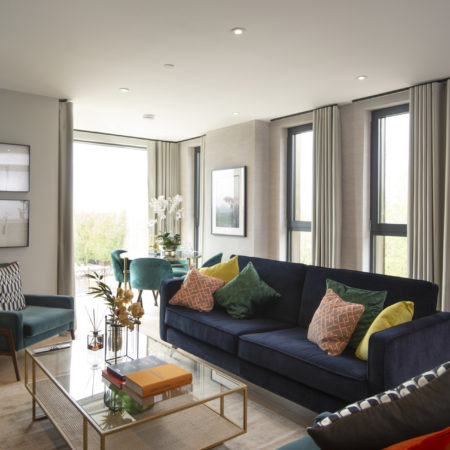Sustainability Means Changing How We Build New Homes
The Prime Minister recently announced that the UK plans to power every home in the UK with renewable energy by 2030. The initiative would involve a massive expansion of offshore wind generation from 30GW to 40GW. The objective is certainly an ambitious one.
Electricity generation is probably the most eye-catching element of the sustainability debate. There’s no doubt that there will have to be a fundamental shift in how we generate electricity if the nation is to get close to achieving net carbon zero goals.
But there’s also an important debate about the locations where the energy is used – including our homes. Achieving goals for the percentage of energy generated by renewables will be easier if the homes we are building now need to use less of it.
The net carbon zero objective also has to consider how homes are built. Citu estimates that the average house generates over 50 tonnes of CO2 during construction. With a target of over 250,000 new home completions each year, that’s a lot of carbon dioxide potentially going into the atmosphere.
Faster and Greener
That all sets the industry quite a challenge: build over a quarter of a million new homes each year while minimising the carbon emissions during and after construction. The country is still struggling to achieve the first element of that challenge.
It’s time to stop kicking this challenge down the road and start looking seriously at the practical options available, right now, to help meet these goals. Which means that the time for widespread adoption of offsite construction is now – not some undefined point in the future. Greater adoption of MMC with a ‘can-do’ culture of collaboration and innovation makes it possible to dramatically increase the supply of good quality homes and tackle carbon emission targets.
Offsite and Net Zero Carbon
Offsite construction methods use more sustainable construction materials such as responsibly-sourced timber. This material has the added advantage of storing carbon as trees grow. Construction using MMC consumes less energy and the controlled manufacturing process creates more energy-efficient buildings in the long-term.
Offsite brings repeatability and the opportunity to standardise the design of building elements. This drives out the maximum amounts of time, cost and uncertainty from the process. Greater standardisation of products and processes will produce economies of scale that will allow homes to be completed even faster and more cost-effectively.
With over a quarter of a million homes being built each year, the choices we make now could massively help or hinder progress towards a net carbon zero economy. If we want to be sustainable we have to change how we build and do it at scale.

